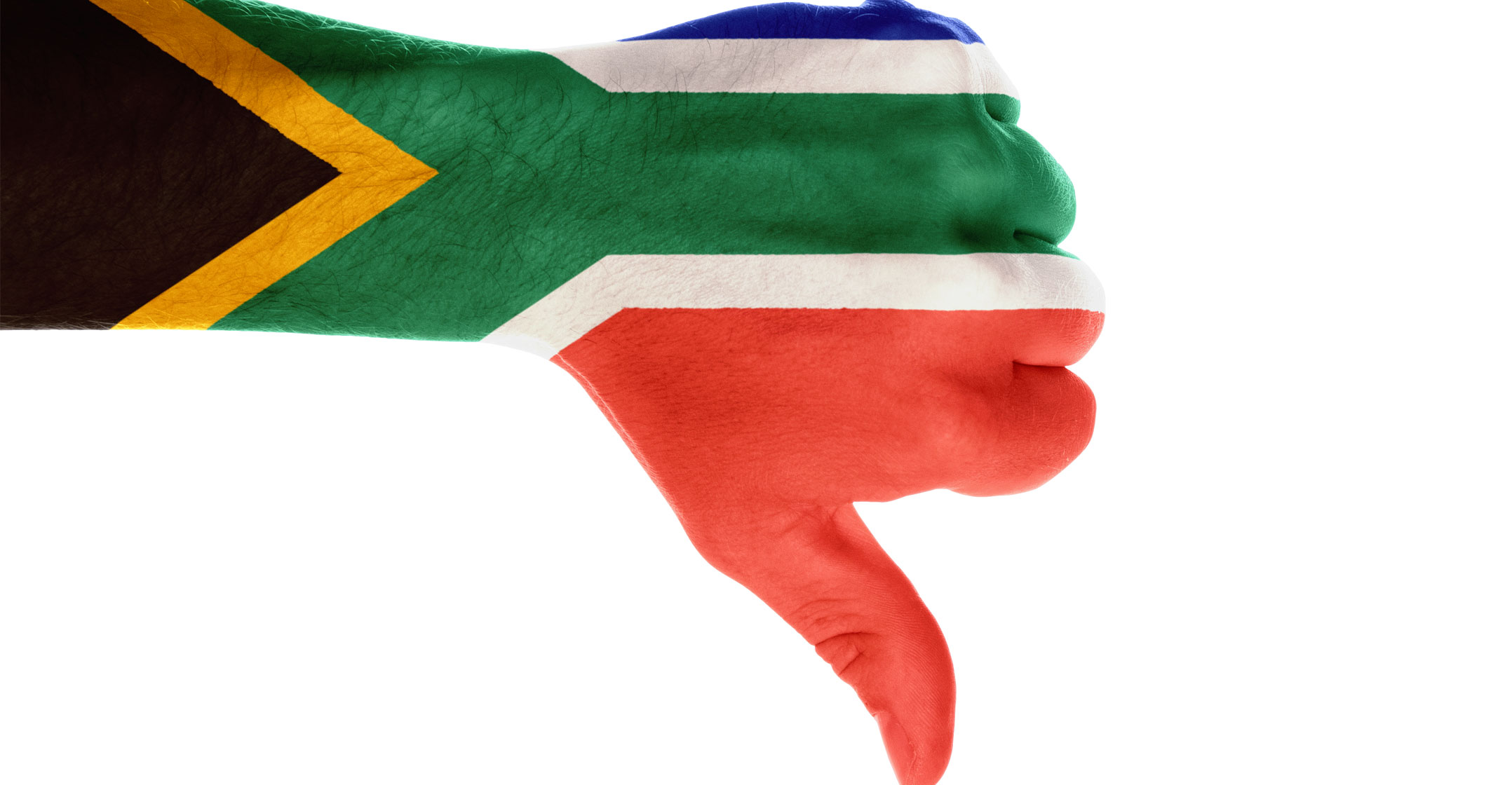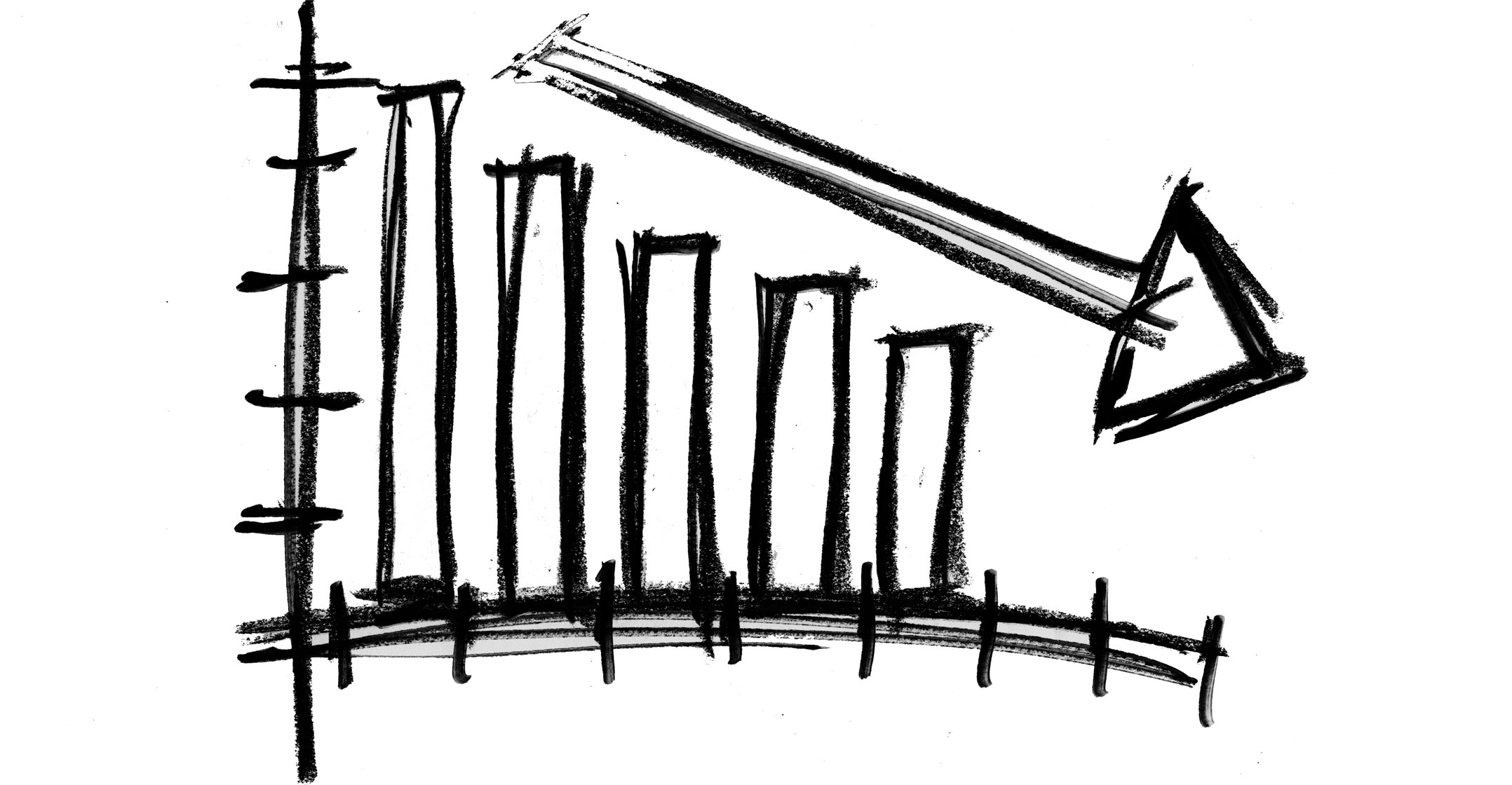
South Africa forecast higher debt and wider fiscal deficits over the next three years, heightening the risk of further credit ratings downgrades as a fight for control of the ruling party limits policy choices. The nation’s currency and bonds weakened.
Finance minister Malusi Gigaba painted a bleak picture of the state of the country’s finances in his first mid-term budget on Wednesday, with growth and revenue set to fall well short of projections made in February. He warned there was little scope to raise taxes or cut spending.
“It is not in the public interest, nor is it in the interests of government, to sugarcoat the state of our economy and the challenges we are facing,” Gigaba said in a written copy of a speech to lawmakers in Cape Town. “Improving our economic growth outlook over the period ahead remains our biggest challenge.”
The deteriorating debt trajectory threatens to trigger a downgrade of the country’s local-currency debt rating to junk by S&P Global Ratings and Moody’s Investors Service, which could spur massive capital outflows. S&P and Fitch Ratings stripped South Africa of its investment-grade foreign-currency assessment in April, citing concerns about policy uncertainty and lacklustre growth, just days after Gigaba replaced Pravin Gordhan as finance minister.
The rand weakened 0.9% against the dollar as of 2.23pm in Johannesburg, while the yield on benchmark government bonds due in December 2026 rose 12 basis points to 8.97%.
Efforts to put the economy back on track have been hamstrung as leaders of the ANC wrangle over who will replace President Jacob Zuma as party leader in December. Zuma’s implication in a succession of scandals, including allegations that he allowed members of the wealthy Gupta family, who are in business with his son, to loot billions of rand from state companies have further dented investor confidence. Zuma and the Guptas deny wrongdoing.
Low growth
The treasury expects the economy to expand 0.7% this year, down from 1.3% predicted in the February budget, and trimmed its growth forecasts for the next three years. Tax revenue for this fiscal year will fall R50.8bn short of the initial forecast.
Lower growth and revenue will feed through to a higher budget deficit. The gap is expected to jump to 4.3% of GDP in the current fiscal year, up from a projected 3.1%.
The gap will probably stay at 3.9% of GDP for the next three years. That’s a break from the treasury’s past pledges to steadily narrow the deficit.

Gross government debt is projected to mount to about 60% of GDP by 2021.
“Government is acutely aware of the dangers of unchecked debt accumulation,” Gigaba said. “Debt-service costs are the fastest growing category of expenditure, crowding out social and economic spending. Our resolve is to remain on course and not to deviate from the fiscal consolidation agenda we embarked on a few years ago.”
Any new spending priorities will have to be redirected from other projects, he said.
The government intends dipping into its contingency reserves and selling part of its stake in Telkom to help plug the budget gap and avoid a breach of its expenditure ceiling. Other steps to curb spending and bolster revenue will be announced in next year’s budget.
Meanwhile, a team of cabinet ministers reporting to the president has been set up to find ways to stabilise debt, narrow the deficit, stimulate growth and build investor confidence over the next few years. Measures under consideration include further asset sales and reducing state companies’ reliance on government debt guarantees.
“Hard choices are required to return the public finances to a sustainable position,” the treasury said. “Unless decisive action is taken to chart a new course, the country could remain caught in a cycle of weak growth, mounting government debt, shrinking budgets and rising unemployment.” — Reported by Mike Cohen, (c) 2017 Bloomberg LP




